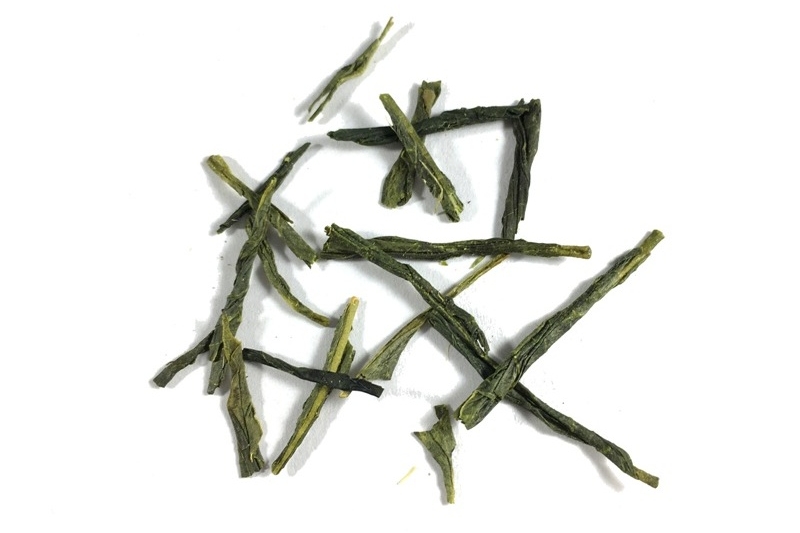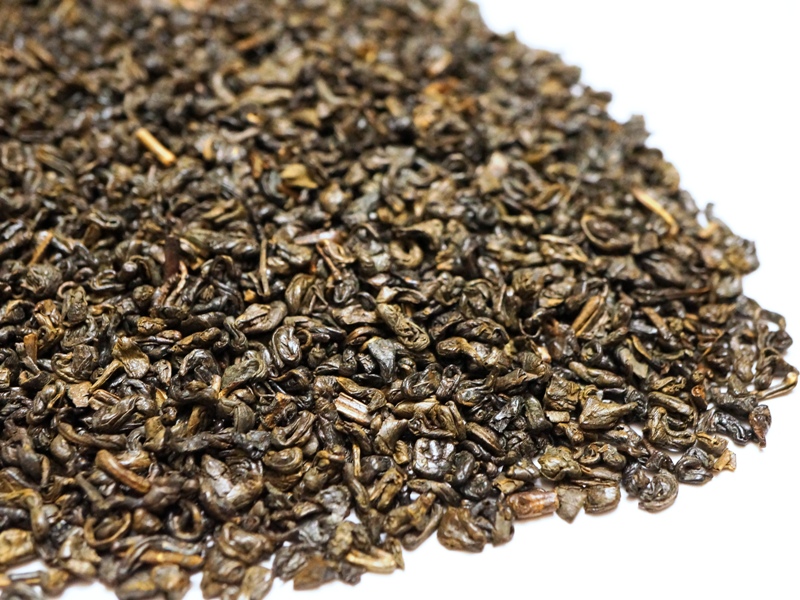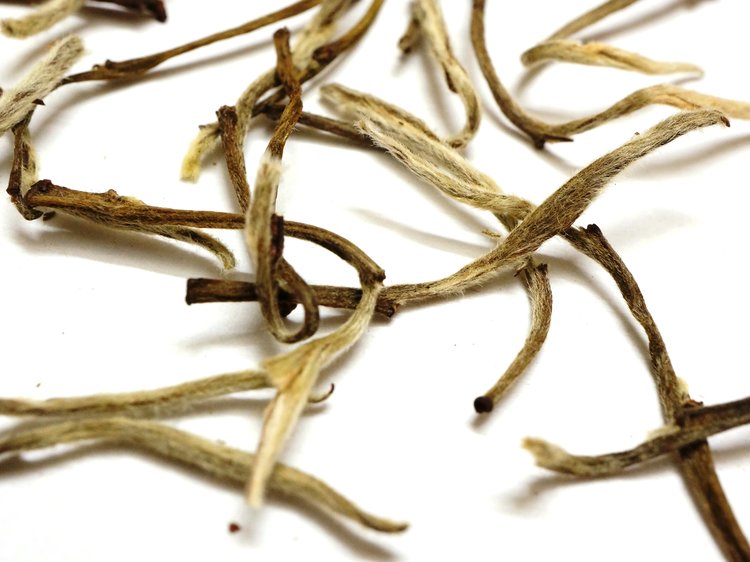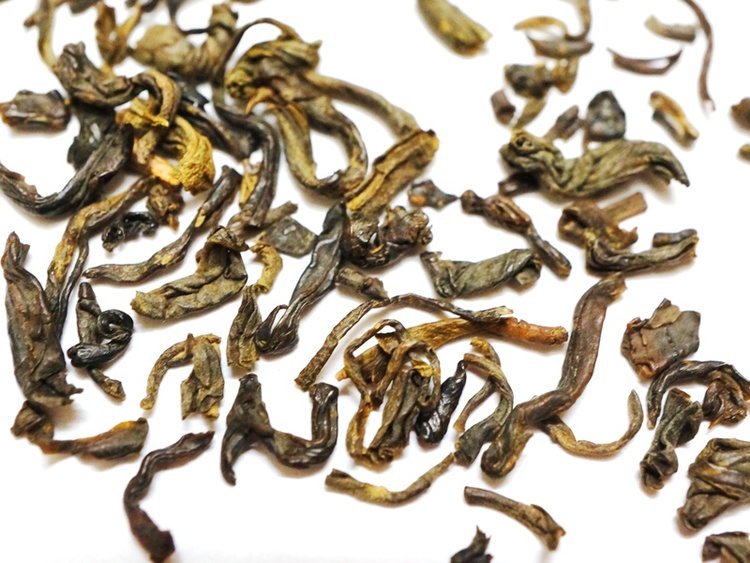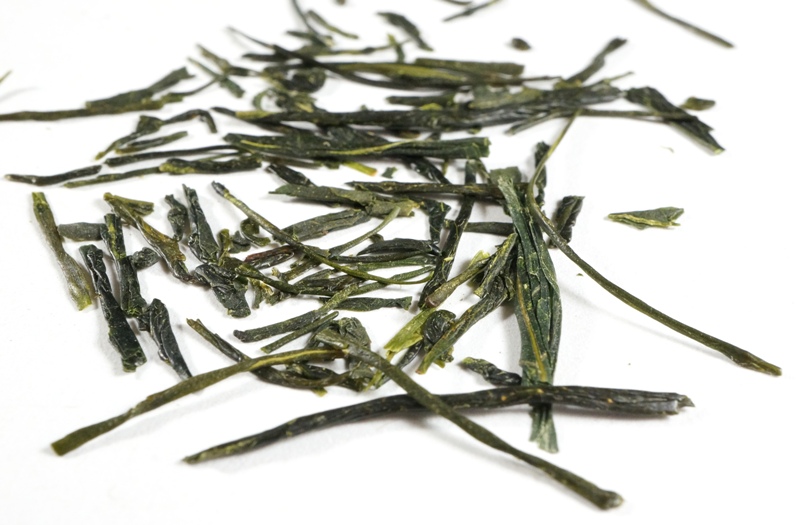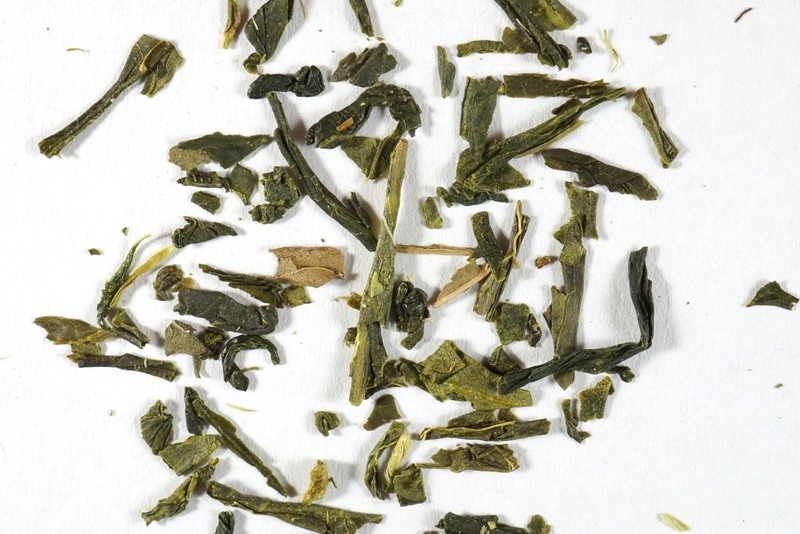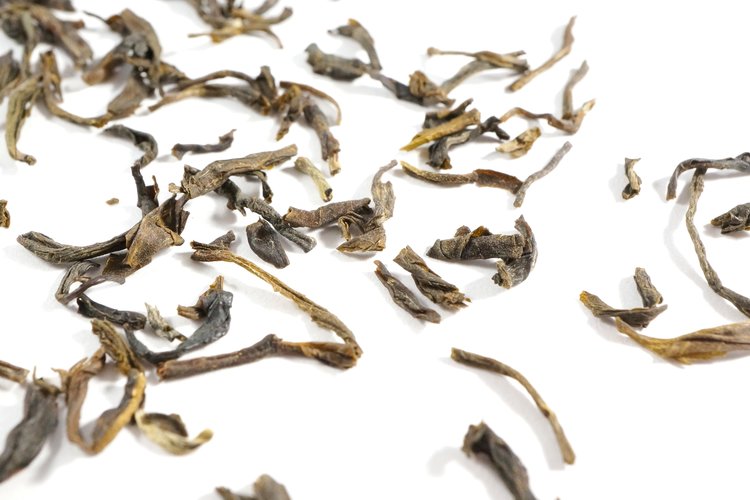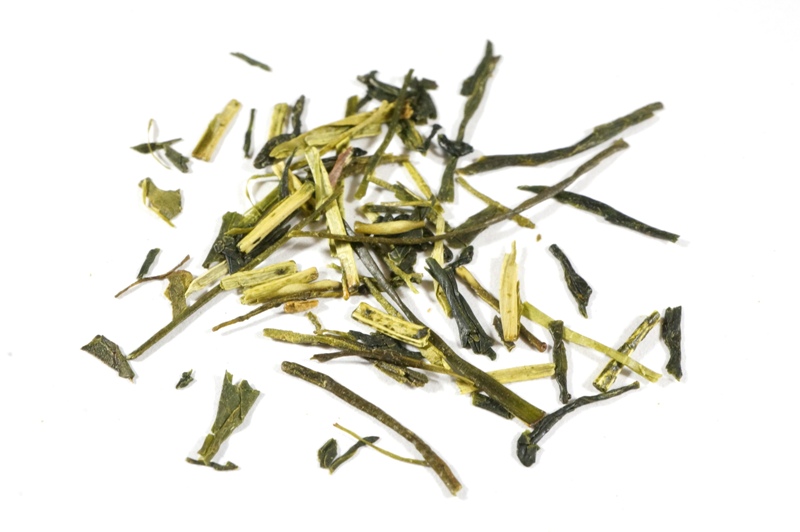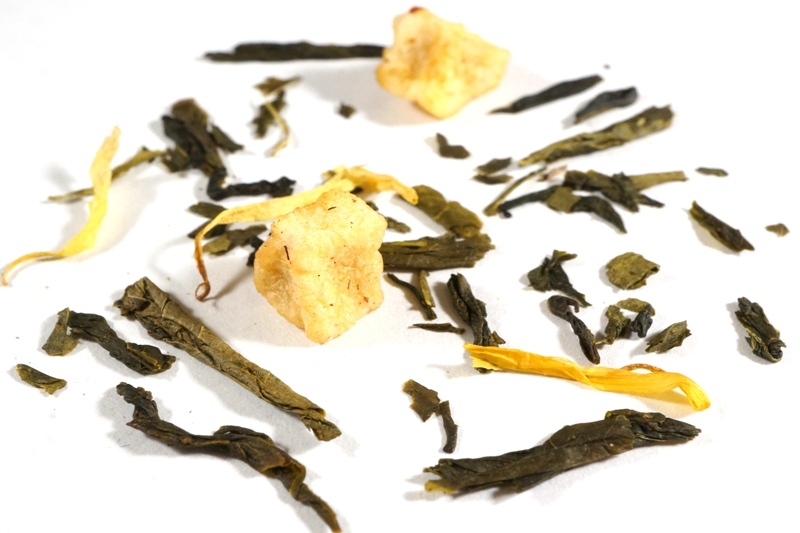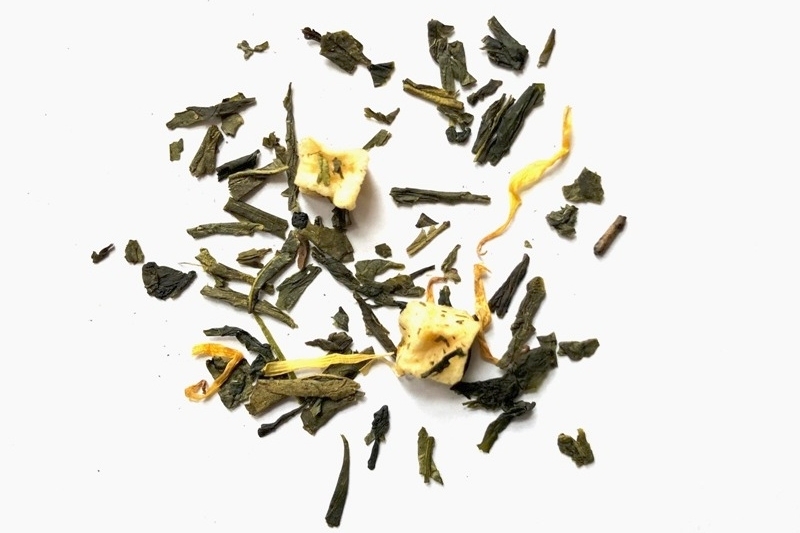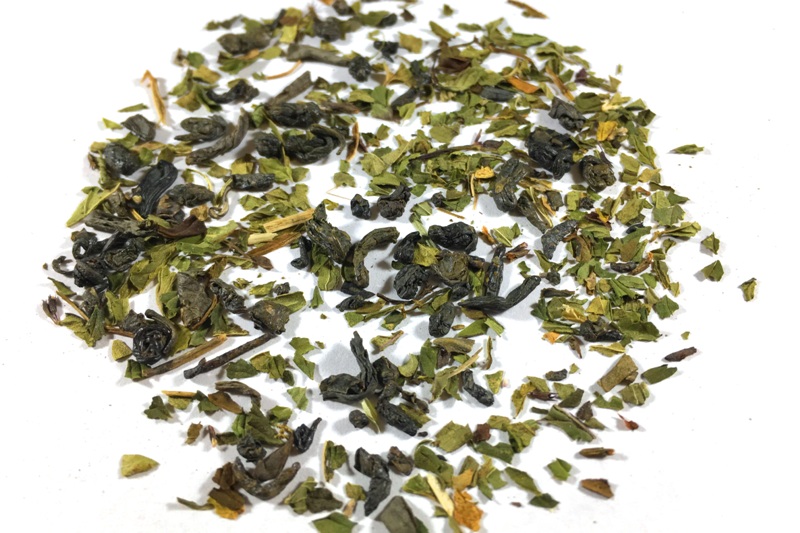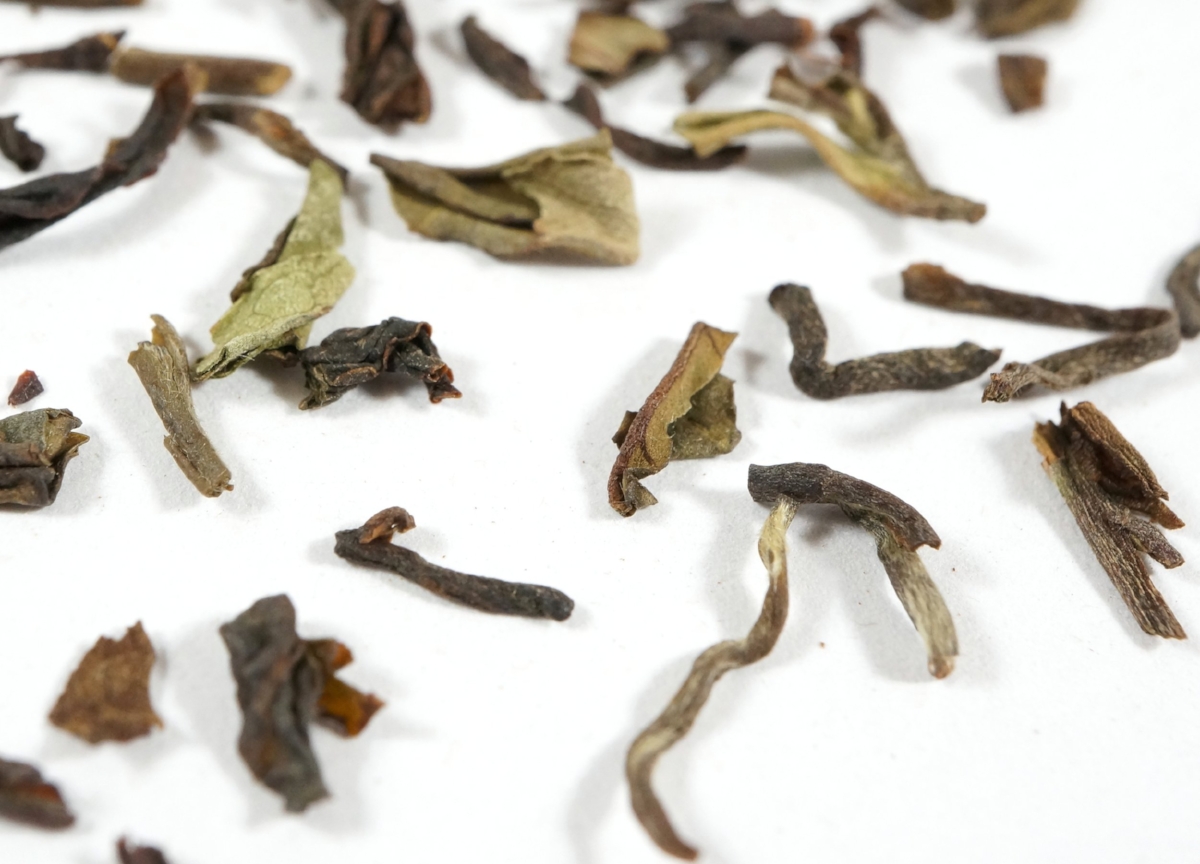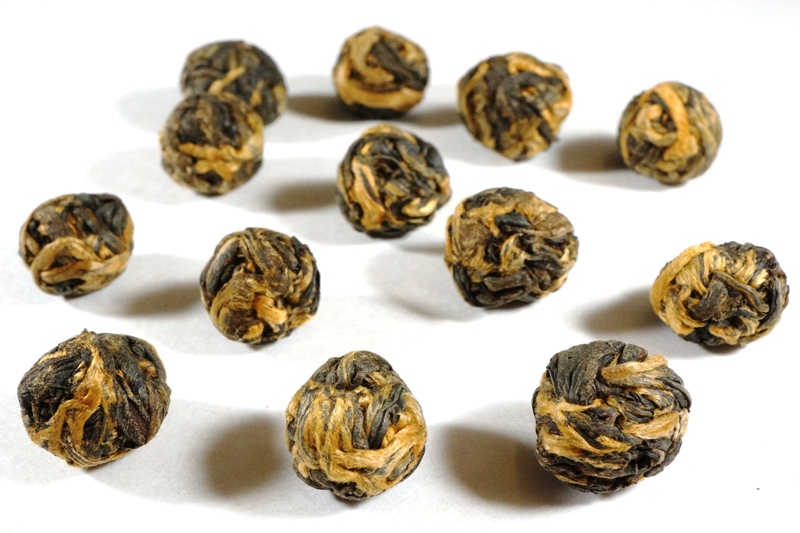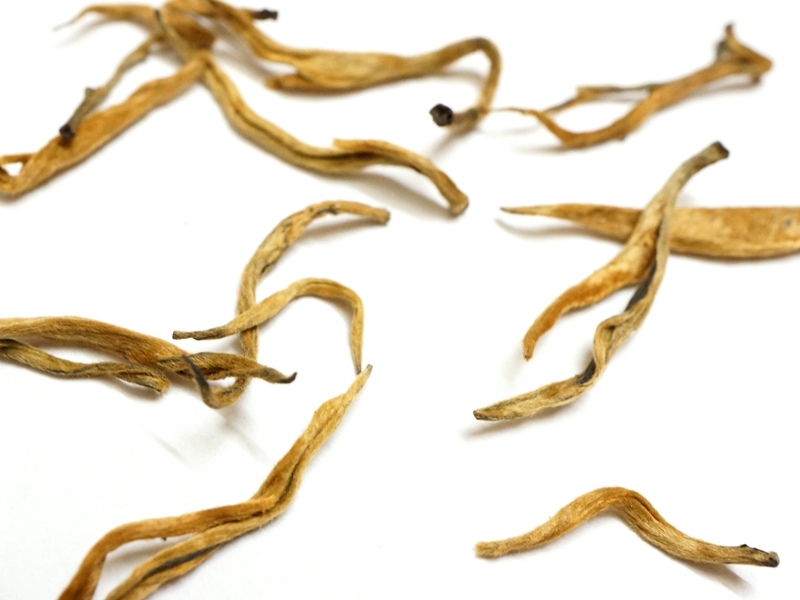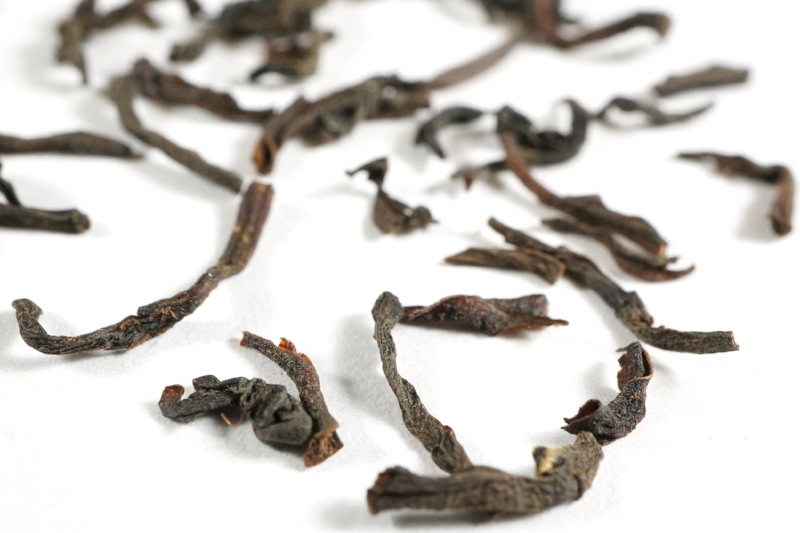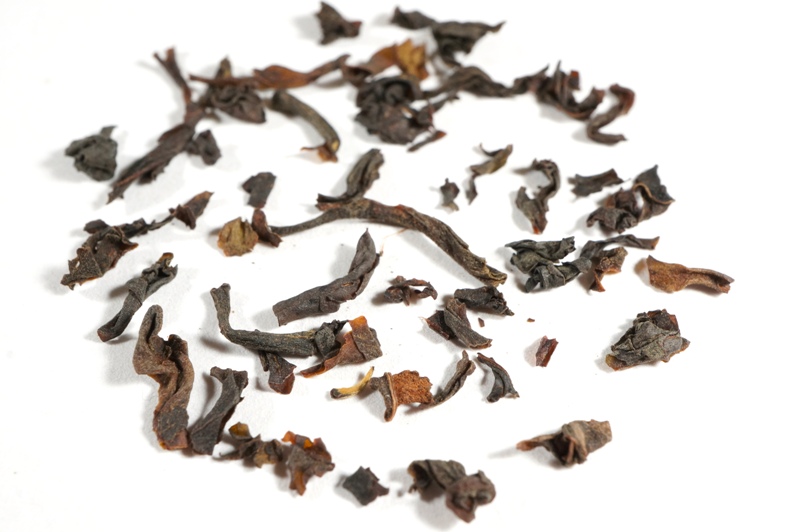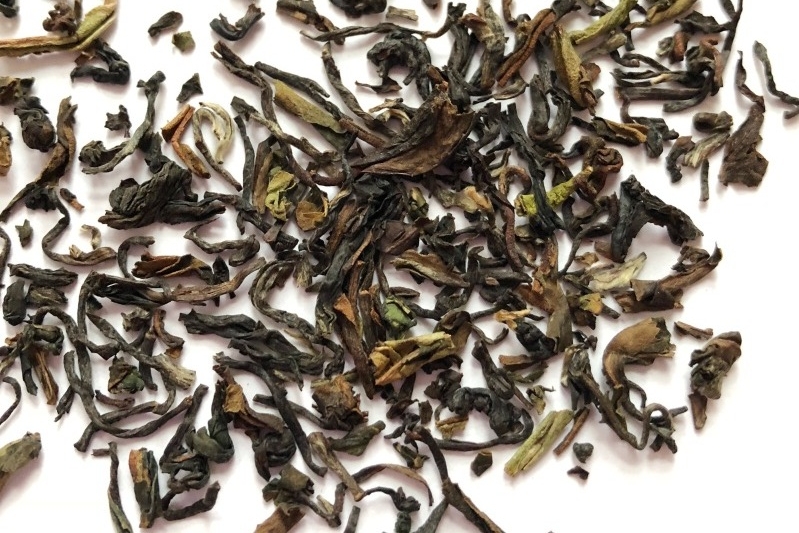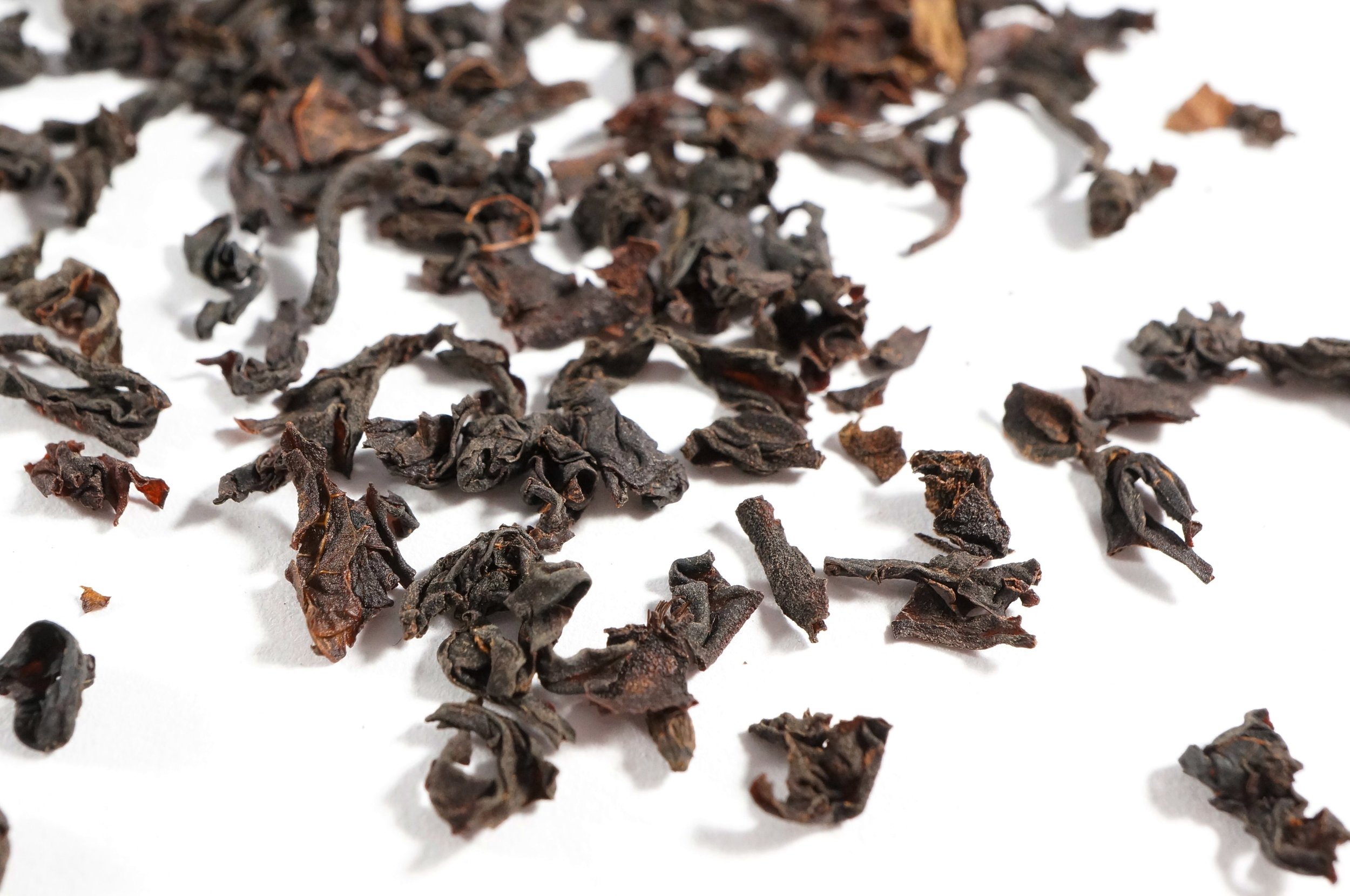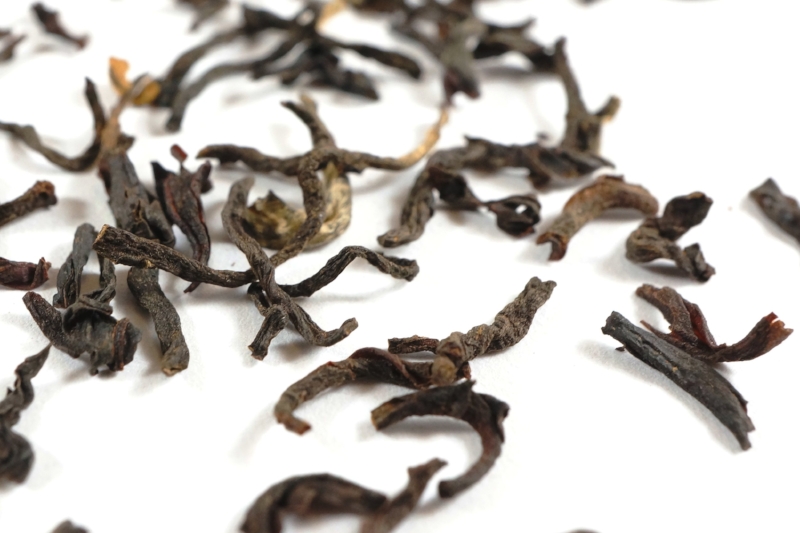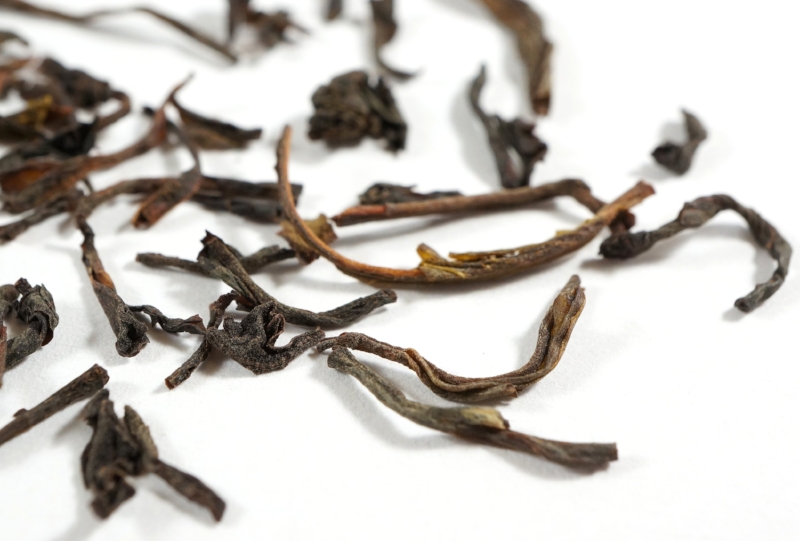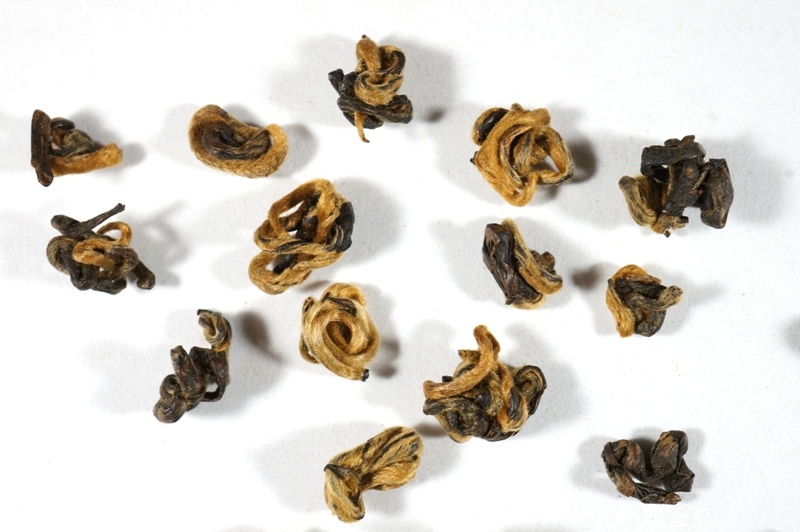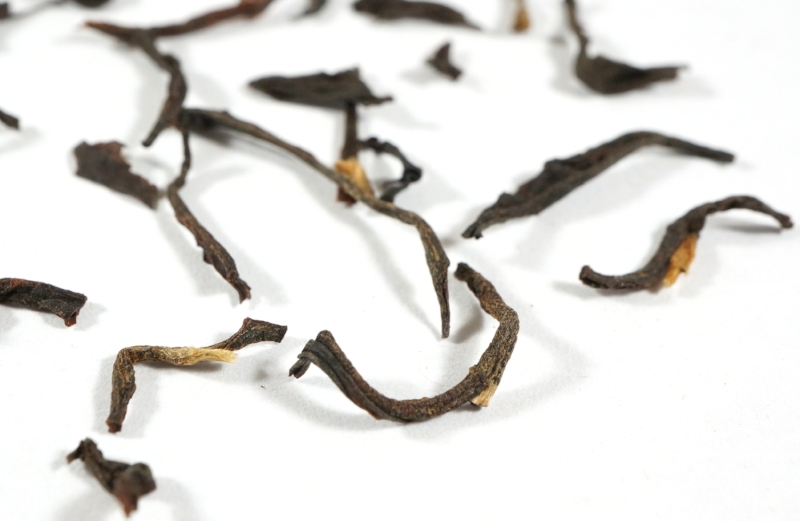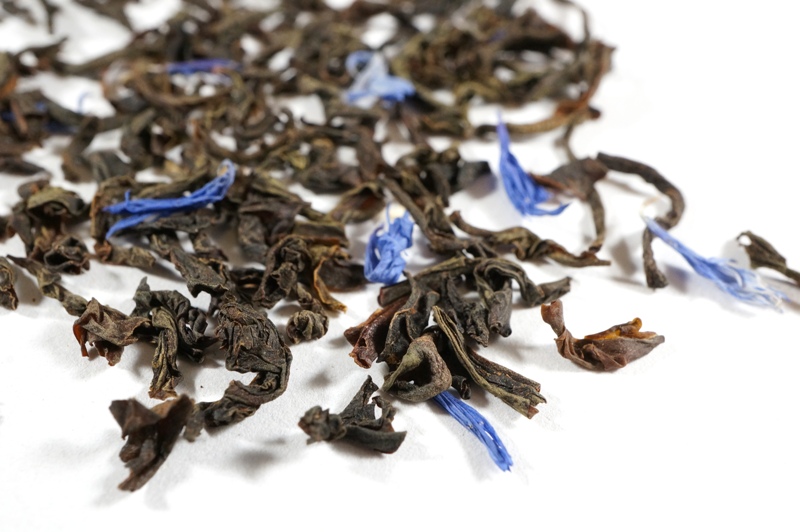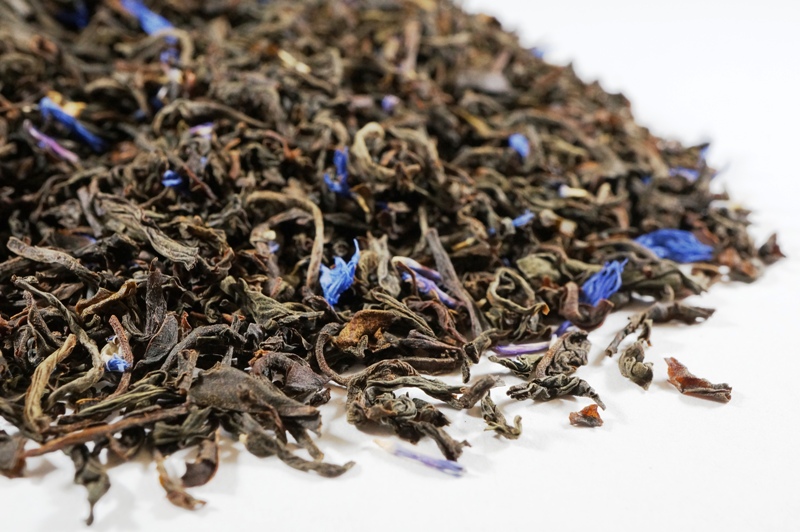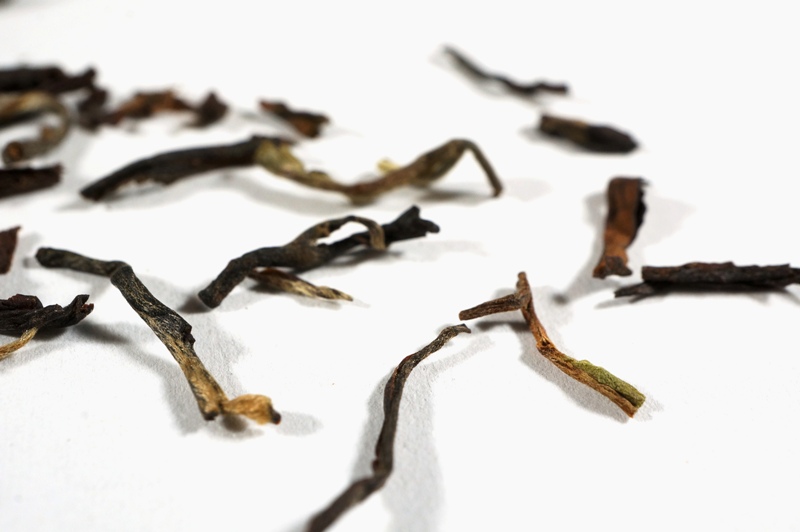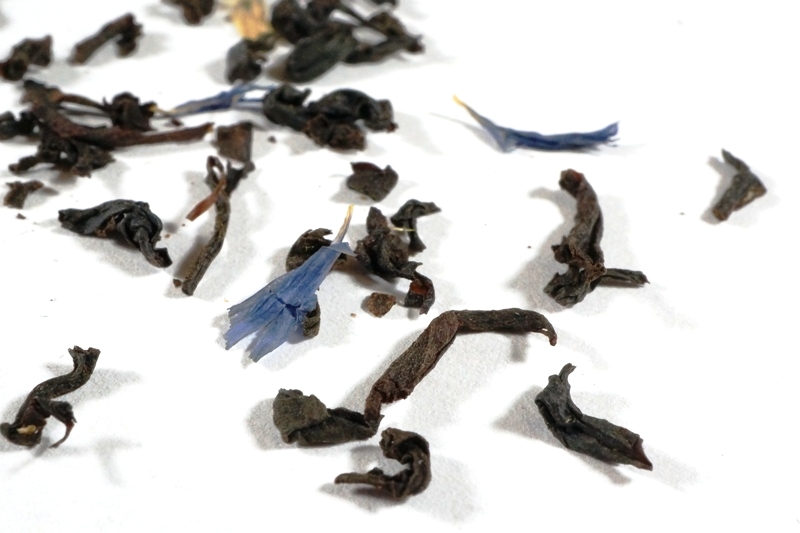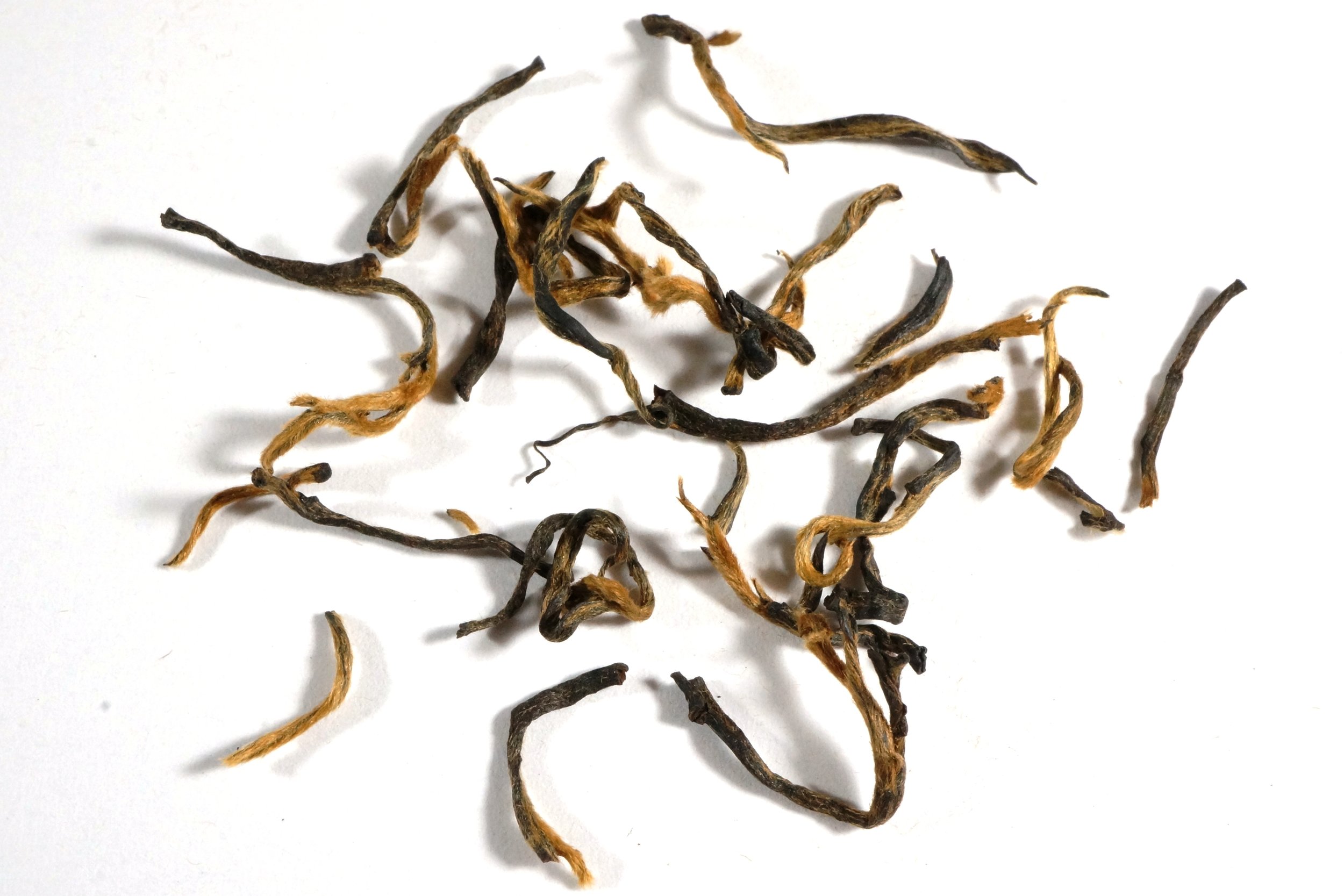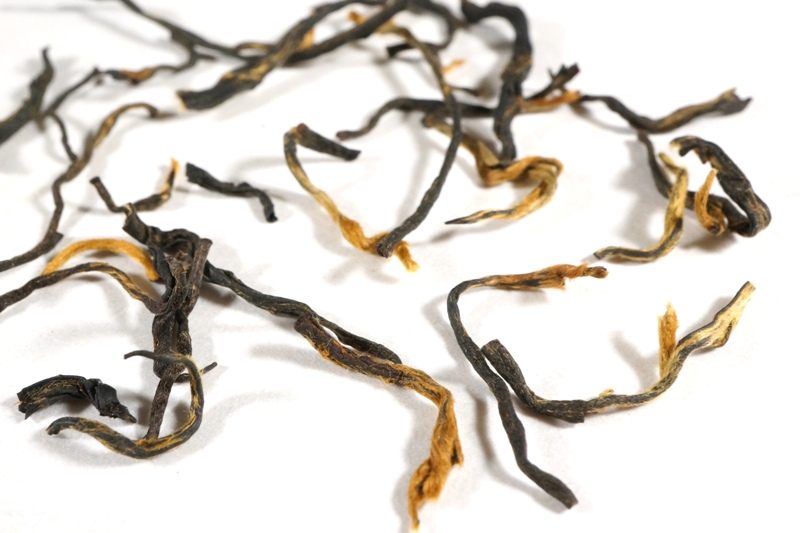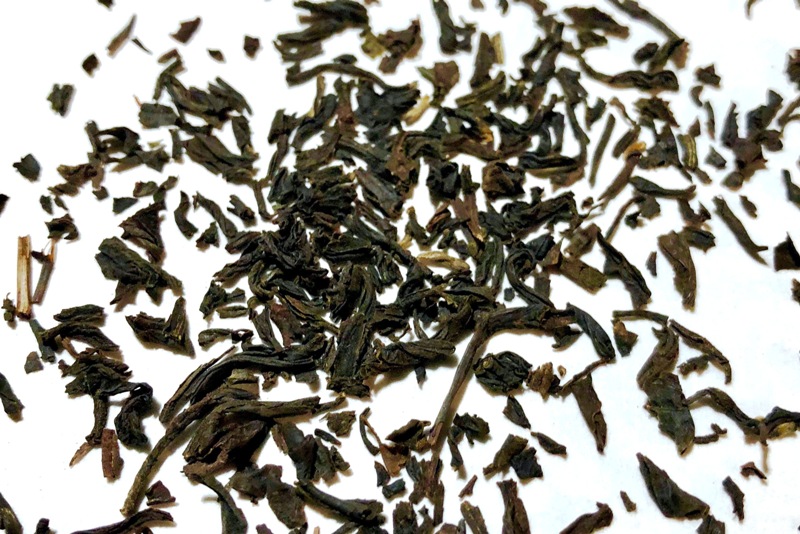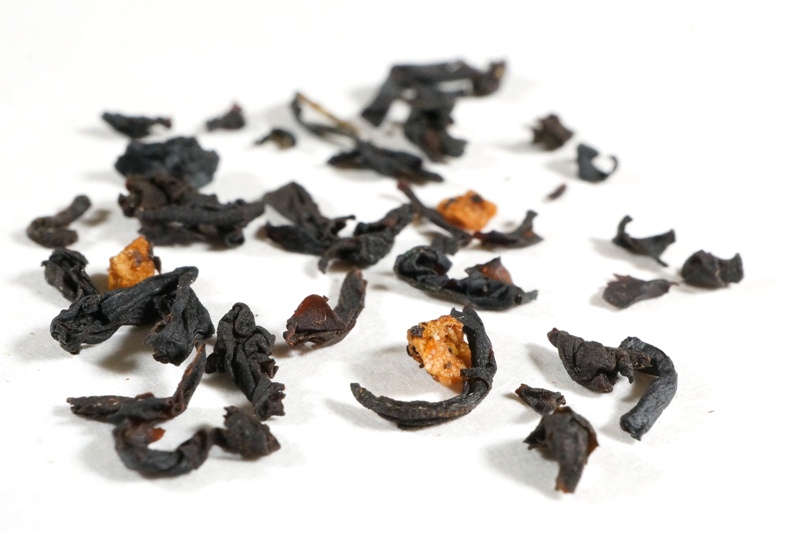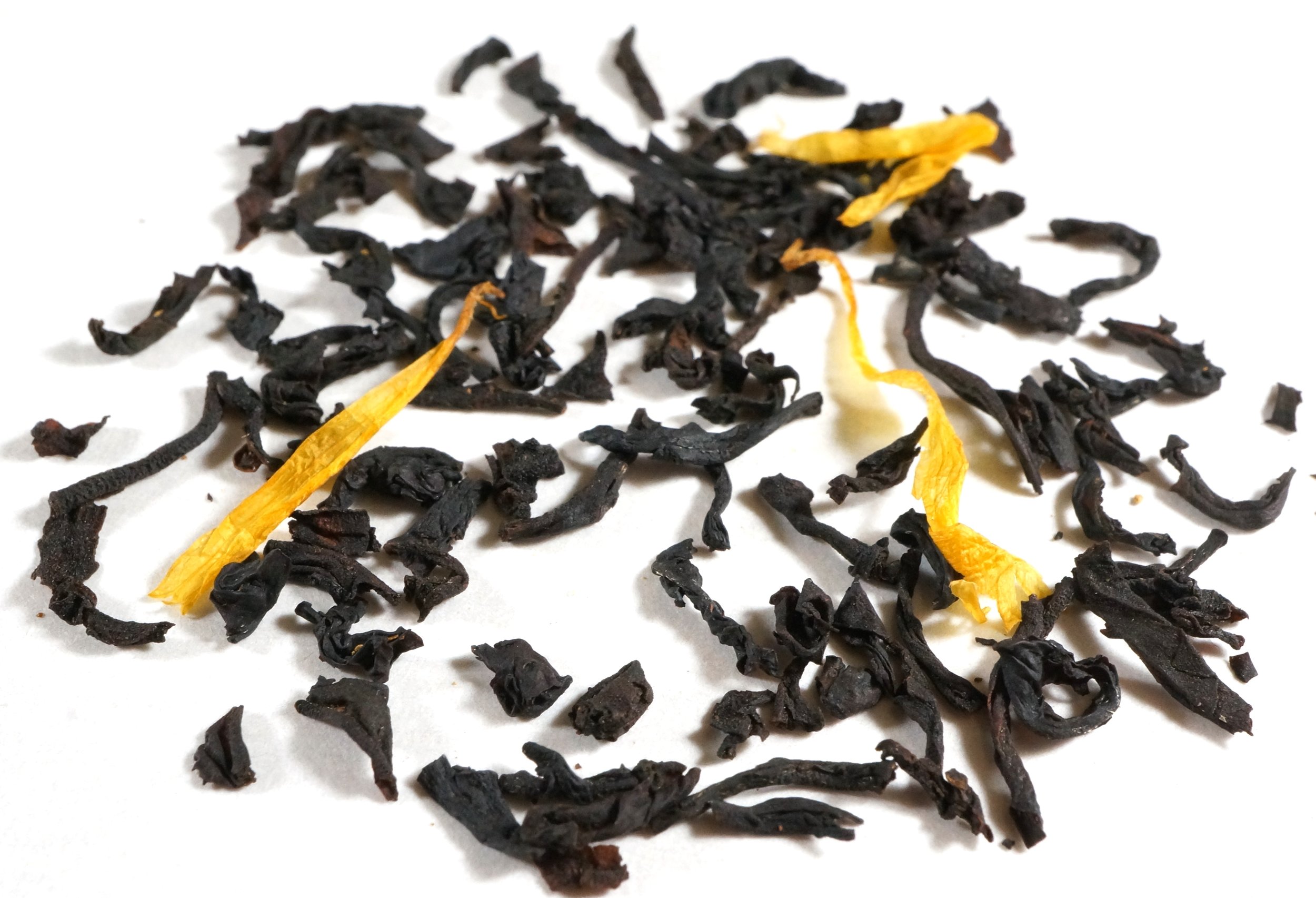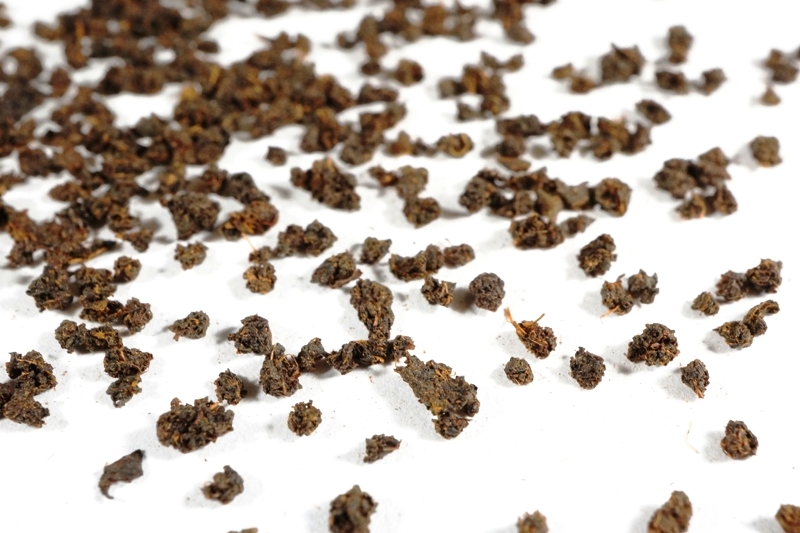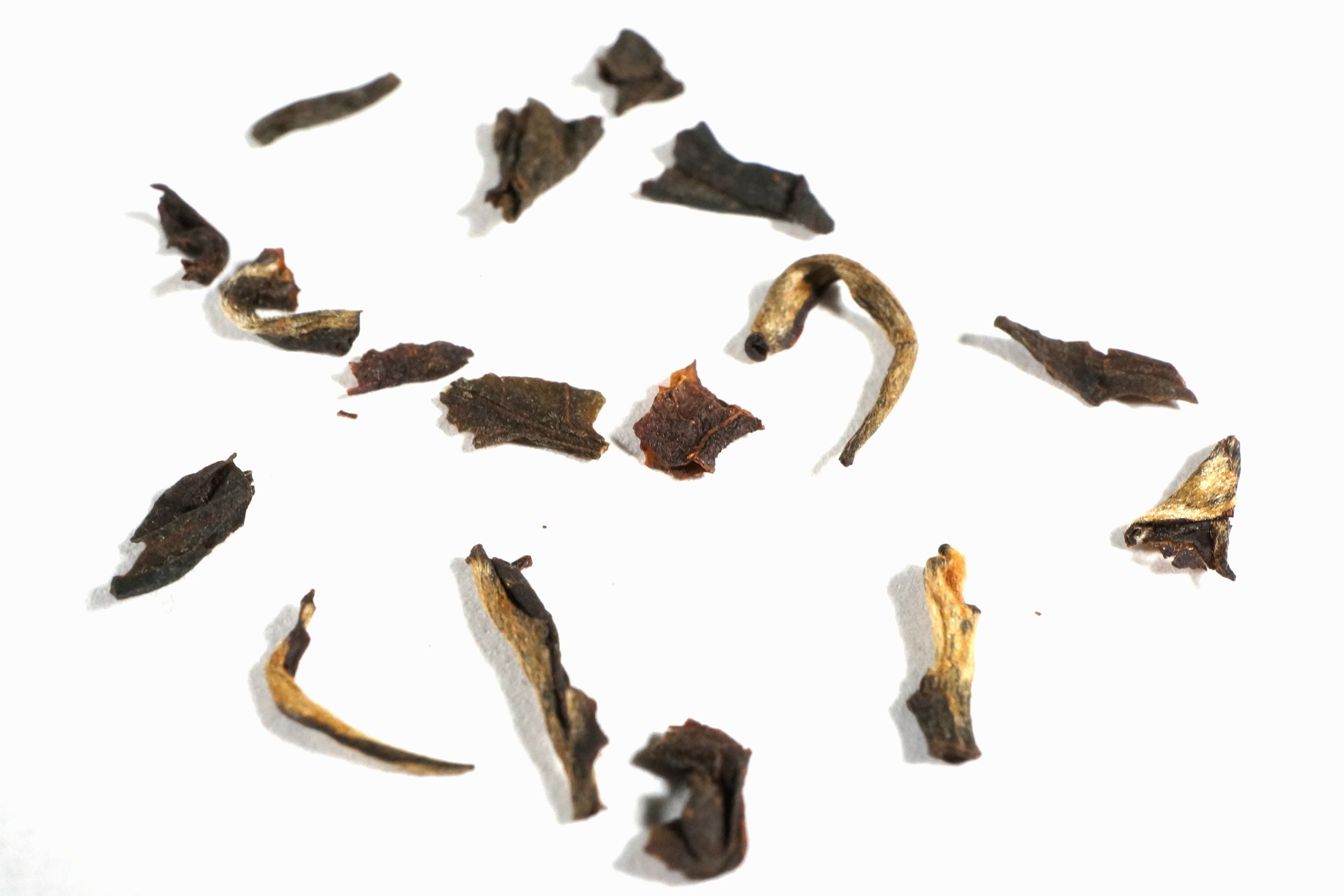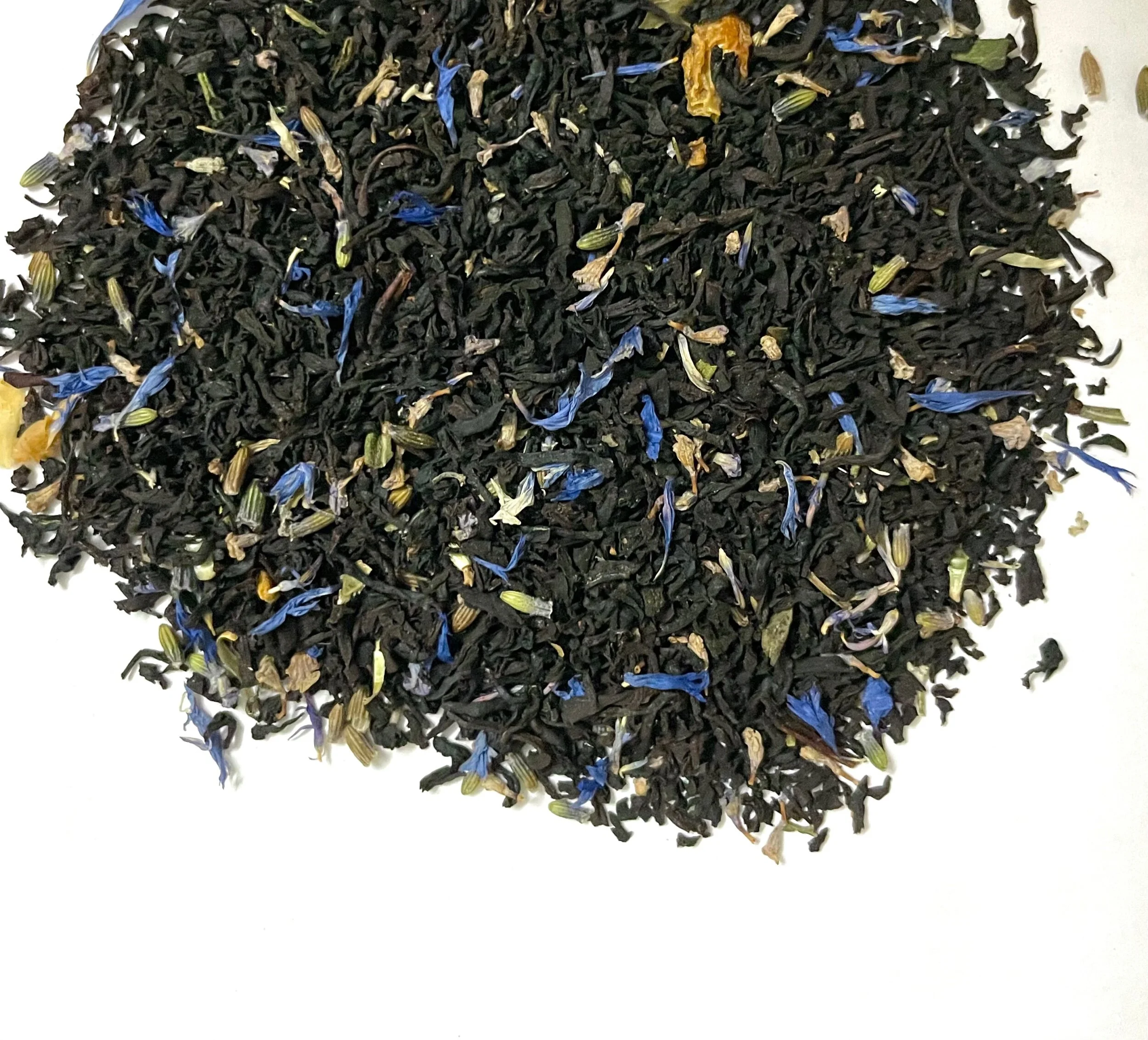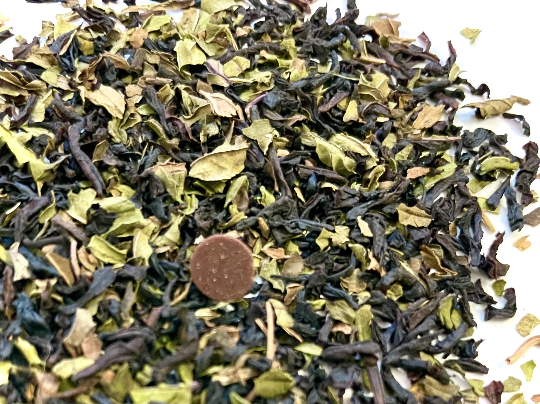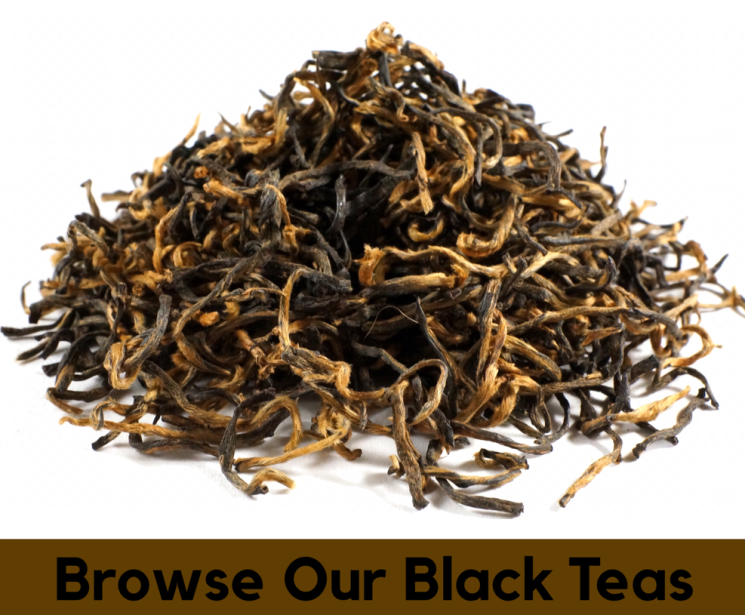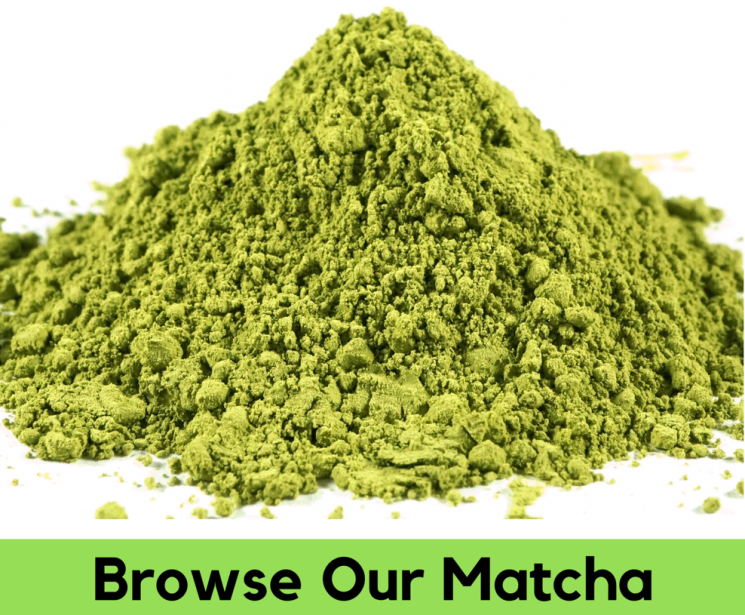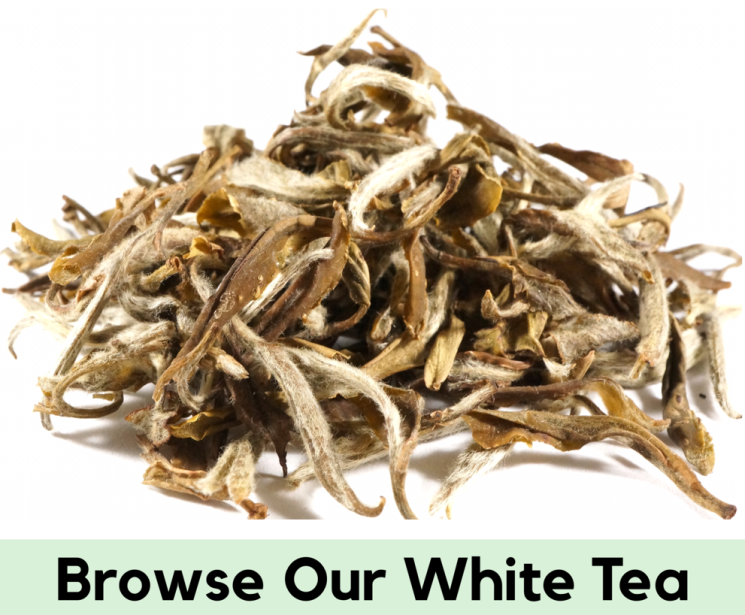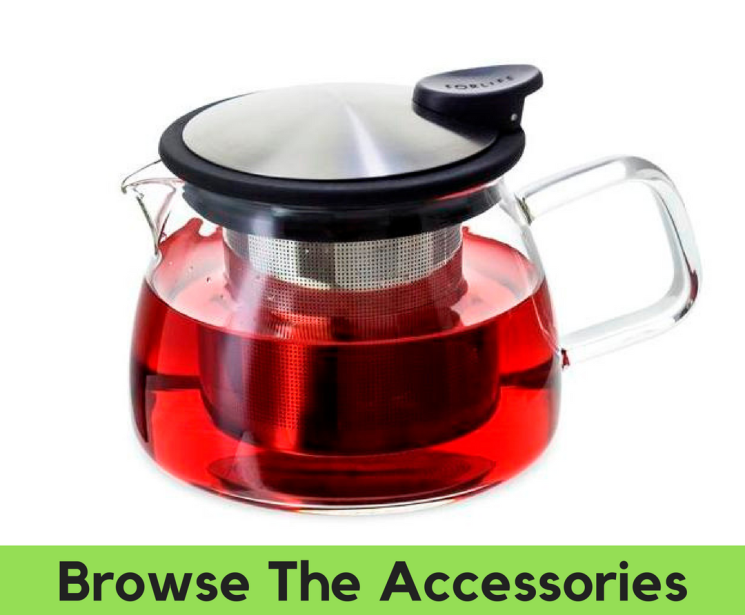What is Black Tea
Black Tea is a fully fermented (oxidized) tea. It is the most common form of tea in southern Asia (India, Pakistan, Bangladesh, Sri Lanka, etc.). Black tea is generally stronger in flavor and contains more caffeine than the more lightly oxidized teas. The characteristic flavors of black tea range from flowery to fruity, nutty and spicy.
Processing and Production of Black Tea
After the harvest, the leaves are first withered by blowing air on them.
Then black teas are processed in either of two ways, CTC (Crush, Tear, Curl) or orthodox. The CTC method is used for lower quality leaves that end up in tea bags and are processed by machines. This method is efficient and effective for producing a better quality product from medium and lower quality leaves. Orthodox processing is done either by machines or by hand. Hand processing is used for high quality teas. While the methods employed in orthodox processing differ by tea type, this style of processing results in the high quality loose tea sought by many connoisseurs.
Next, the leaves are oxidized under controlled temperature and humidity. (This process is also called "fermentation" although no actual fermentation is taken place.)
Then the leaves are dried to arrest the oxidation process.
Finally, the leaves are sorted into grades according their sizes (whole leaf, broken leaf, fannings and dust), usually with the use of sieves. The tea could be further sub-graded according to other criteria.
Below are the basic grades for whole leaf orthodox black tea (for more information on grading of tea leaves click Here)
- OP (Orange Pekoe)
- FOP (Flowery Orange Pekoe)
- GFOP (Golden Flowery Orange Pekoe)
- TGFOP (Tippy Golden Flowery Orange Pekoe)
- FTGFOP (Fine Tippy Golden Flowery Orange Pekoe)
- SFTGFOP (Super Fine Tippy Golden Flowery Orange Pekoe)





